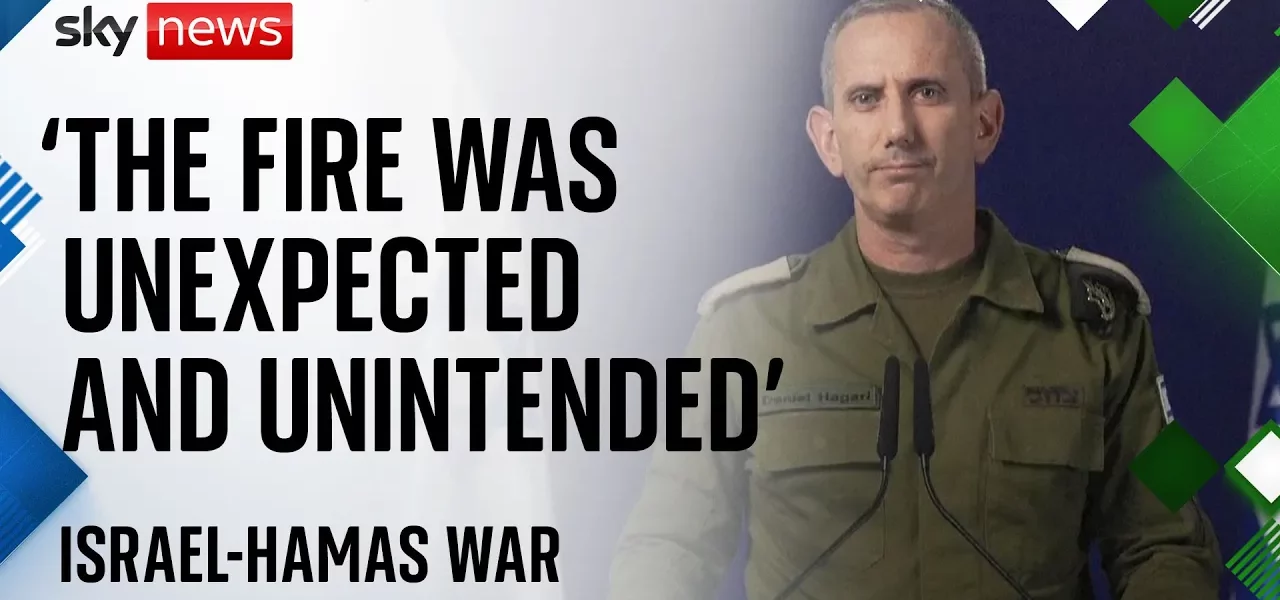Understanding the Recent Military Strike: A Comprehensive Overview

This article delves into the details surrounding a recent military strike, exploring the efforts to minimize civilian casualties, the ensuing investigations, and the broader implications of the operation amidst ongoing conflicts in the region.
Introduction
The recent military strike has sparked significant debate and concern regarding civilian safety and the ethical implications of military operations in densely populated areas. Despite the measures taken to limit casualties, a tragic incident resulted in unexpected civilian loss of life. This article aims to provide a detailed account of the events leading up to the strike, the response from military officials, and the ongoing investigations into the incident.
Background of the Incident
On the day of the strike, military officials aimed to target a specific structure believed to house senior Hamas commanders. The operation was meticulously planned, utilizing aerial surveillance to assess the area and ensure that the targeted site was clear of civilian presence. However, the aftermath revealed unforeseen circumstances that led to significant consequences.
The Targeted Structure
According to military sources, the structure was located over a kilometer and a half away from designated humanitarian areas. This distance was intended to ensure the safety of civilians evacuating the area. Aerial footage and satellite images were used to confirm the absence of nearby tents and civilian structures at the time of the strike.
Investigation of Civilian Casualties
The investigation into civilian casualties is crucial to understanding the broader implications of this military action. Early assessments suggest that the fire that broke out was not caused solely by the munitions used in the strike. Investigators are exploring multiple factors that may have contributed to the incident.
Details of the Military Operation
The military strike was executed using precision-guided munitions designed to minimize collateral damage. Officials emphasized that the munitions selected were among the smallest available, weighing only 17 kilograms, which were deemed appropriate for a targeted strike.
Aerial Surveillance and Target Confirmation
Aerial surveillance played a critical role in confirming the target prior to the strike. Key procedures included:
- Continuous monitoring of the target area to ensure no civilians were present.
- Delaying the strike to further assess civilian presence in the vicinity.
- Utilizing advanced reconnaissance technology to minimize risks.
Unexpected Fire and Secondary Explosions
Following the strike, a large fire ignited, which investigators believe could have been exacerbated by stored weapons in the vicinity. Eyewitness accounts and social media footage indicated potential secondary explosions, leading to further inquiries into the cause of the fire.
Response and Accountability
In light of the incident, military officials expressed deep sorrow for the loss of civilian life and reiterated their commitment to a thorough investigation. The independent Enal Staff Fact-Finding and Assessment Mechanism is tasked with conducting a swift and transparent review of the events surrounding the strike.
Military Strategy and Civilian Safety
Officials stressed that their operations are not aimed at the people of Gaza but at Hamas militants. To reinforce this stance, they outlined the steps taken to avoid civilian harm, including:
- Conducting extensive surveillance prior to the strike.
- Utilizing the smallest and most accurate munitions available.
- Engaging in ongoing assessments of the operational environment.
Conclusion
The recent military strike highlights the complexities and challenges of conducting military operations in populated areas. While officials maintain that all precautions were taken to minimize civilian impact, the tragic loss of life has raised critical questions about operational ethics and accountability. As investigations unfold, it is essential to remain informed and engaged with the ongoing developments in the region. We encourage readers to stay updated with our coverage of this and related topics.
“`




